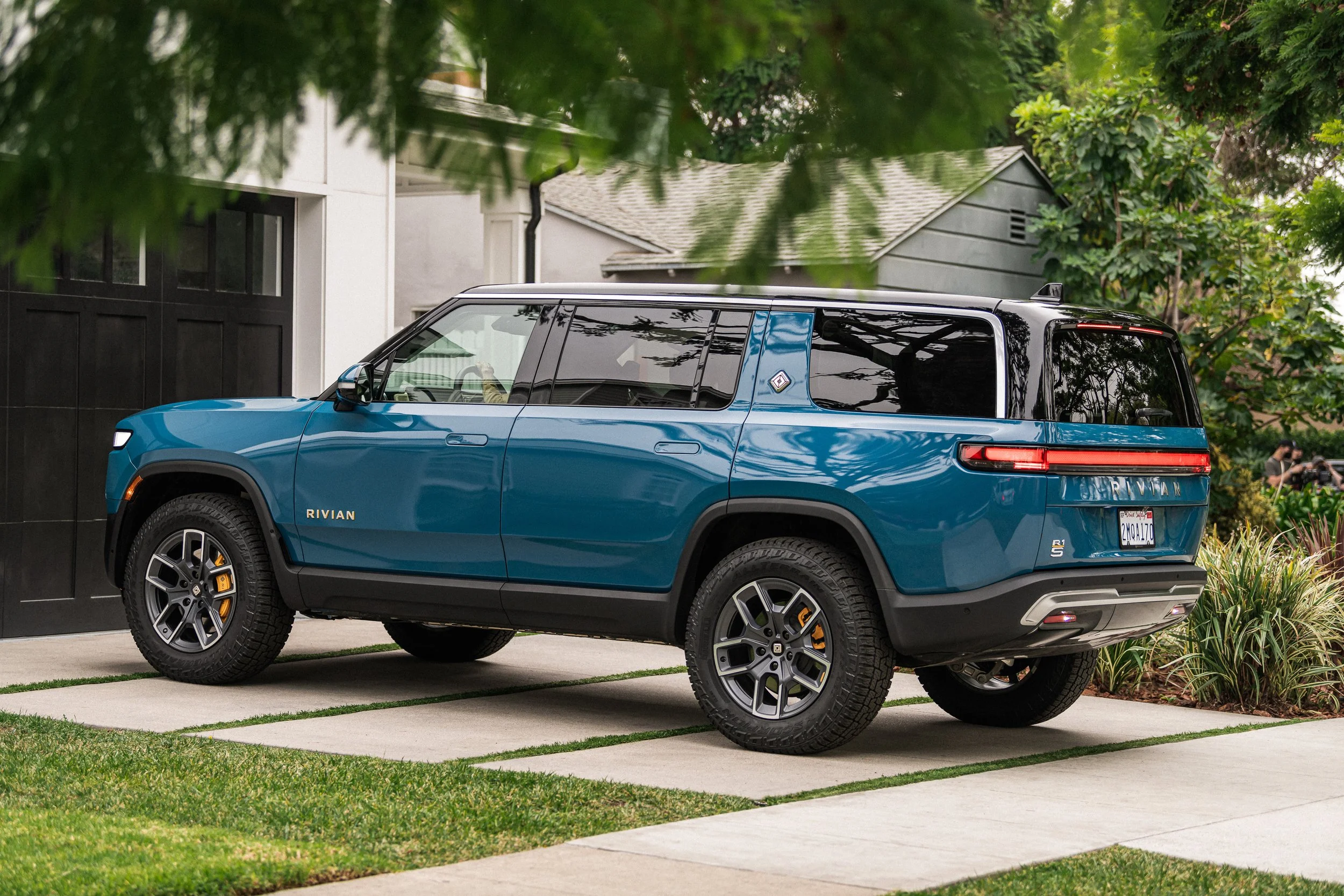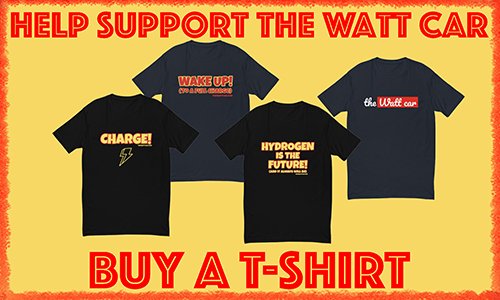Rising Utility Rates – Catalyst or Obstacle to EV Adoption?
By Edward A. Sanchez – Feb. 13, 2022
Over the past several weeks, there have been dozens of stories about rising utility rates across the country and around the world. Whether driving by rising inflation or increased operational and generation costs, it seems to be a real thing, and a trend that’s not likely to abate in the near future. Not that the opponents or skeptics of EVs need any more ammunition to bad-mouth EVs, but this is a major issue that could potentially have a major impact on the adoption of EVs in the U.S. and globally. New technologies are almost inevitably more expensive than legacy, incumbent technologies. This fact is a double-edged sword in that it is used as a means to criticize new technologies, but also a motivation to bring costs down.
Even with rising utility rates, EVs, on a mile-for-mile basis, are still generally cheaper to operate than ICE vehicles. Of course, as noted by many, where you charge up has a big impact on costs, and DC Fast chargers are almost always the most expensive option, relative to Level 2 charging, whether public or at home.
Of course, gas and diesel prices are also rising rapidly, with $5+ per gallon now the norm in many parts of California, making a $70 to $100 fill up a reality for many, especially for drivers of full-size trucks and SUVs. Even going on the high side of the spectrum at $0.20/kWh, you’re looking at just $26 to charge a 130 kWh battery. Assuming an average fuel economy of about 17 mpg on a large truck or SUV, at $5 a gallon, that would be $73.52 worth of gas to go 250 miles.
With the price of gas in California upwards of $5 per gallon, home charging even the largest of EV SUVs like the Rivian R1S will be a money saver. (Image courtesy Rivian)
If you have a solar system and battery backup at your house, it’s conceivable that your costs could be much less, if not zero in some scenarios. However, even with rebates, credits, and incentives, you likely paid five figures out of pocket to get that system installed at your home or business. Even in the most optimistic scenario, you’re looking at a 10-year payoff period to justify the expense exclusively in the context of EV ownership and fueling (that said, home solar would be used for more than EV fueling, so the break-even point would come sooner).
Unfortunately, all of these factors reinforce the narrative that EVs are feel-good indulgences for the wealthy that can afford the higher cost of entry, as well as all the associated hardware to enable low-environmental-impact charging.
This doesn’t even address the issue of public charging availability, which is a current issue, and will only become more urgent and critical as the number of EVs on the road increases. The utilization and need for reliable and available charging infrastructure will come to the forefront as a major issue.
This potentially positions power utilities as both heroes and villains in an EV future. As the number of EVs on the road rises, environmental scrutiny will slowly turn from the petroleum producers to the electricity producers, and the “green-ness” of their power generation, as well as the cost-to-benefit ratio of alternative energy generation and distribution.
There is no “magic bullet” perfect solution to the transportation energy equation. At each stage of EV manufacturing, there is a carbon impact, as there is with power generation. Rather than aiming for “absolute zero” or calling out the hypocrisy or duplicity of green energy advocates in the carbon impact of the different strategies, hopefully all parties and stakeholders will ultimately agree to work to improve and reduce the carbon impact of transportation fueling and manufacturing, while also balancing the costs and benefits to us, the end users.
(Main image by Robert Linder)
- Store - Podcast - Facebook - Google News - Twitter -









